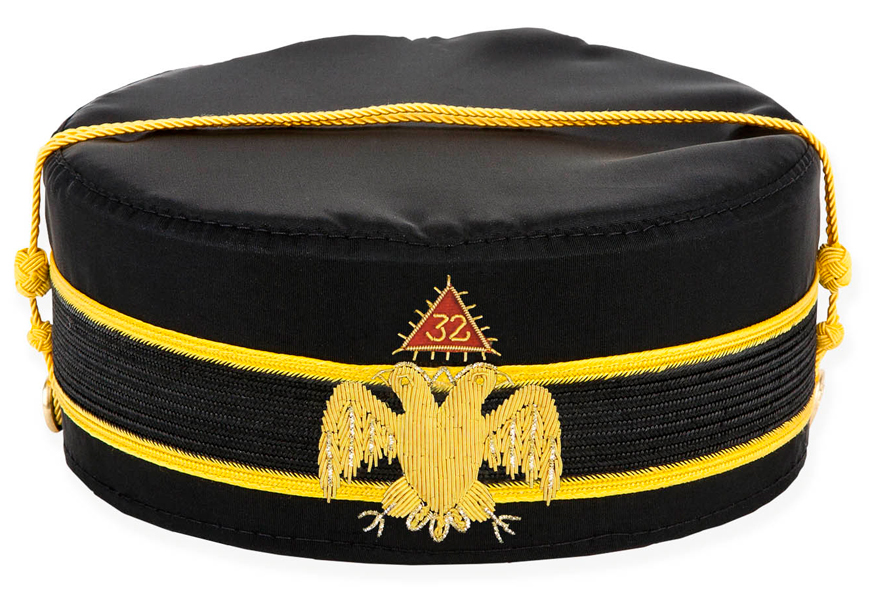Scottish Rite Freemasonry, a branch of Freemasonry that explores the philosophical and esoteric dimensions of the craft, has found a significant following in the United States. With its deep-rooted traditions, symbolic rituals, and intellectual pursuits, Scottish Rite Freemasonry has expanded its presence across the nation. In this article, we explore the spread and influence of Scottish Rite Freemasonry throughout the United States.
Early History and Development
Scottish Rite Freemasonry made its way to the United States in the late 18th century, with its earliest recorded presence in the country documented in Charleston, South Carolina. In 1801, the Supreme Council, Ancient and Accepted Scottish Rite, Southern Jurisdiction, was established in Charleston, becoming the first governing body of Scottish Rite Freemasonry in the United States. The Scottish Rite's teachings and rituals quickly gained traction among Freemasons in America.
Expansion and Growth
As Scottish Rite Freemasonry took hold in the United States, the establishment of additional Supreme Councils further facilitated its growth. Notably, the Northern Masonic Jurisdiction, also known as the Supreme Council, 33°, was formed in 1813 in the city of New York. This jurisdiction now encompasses the northeastern and central regions of the United States.
Throughout the 19th and 20th centuries, Scottish Rite Freemasonry continued to expand its presence across the country. The establishment of local Scottish Rite Valleys, where members gather and engage in the degrees, rituals, and educational activities, contributed to the spread of Scottish Rite Masonry. Today, there are numerous Scottish Rite Valleys located in cities and towns across the United States, providing a platform for Freemasons to explore the deeper teachings of the craft.
Degrees and Educational Pursuits
Scottish Rite Freemasonry in the United States follows a system of 32 degrees, each of which offers unique lessons and insights. These degrees build upon the foundational principles of Freemasonry and provide a framework for moral, philosophical, and spiritual exploration. Members engage in rituals, ceremonies, and discussions that encourage personal growth, critical thinking, and self-reflection.
Scottish Rite Masons in the United States are also known for their commitment to intellectual pursuits. Many Scottish Rite bodies offer educational programs, lectures, and forums where members can deepen their understanding of various subjects, including history, philosophy, symbolism, and the arts. These educational endeavors foster a culture of intellectual curiosity and contribute to the personal and intellectual development of Freemasons.
Philanthropy and Charitable Initiatives
Like Freemasonry as a whole, Scottish Rite Freemasonry in the United States places a strong emphasis on philanthropy and charitable endeavors. Scottish Rite bodies often establish charitable foundations or organizations to support causes such as scholarships, medical research, community outreach programs, and assistance for those in need.
One notable philanthropic endeavor of Scottish Rite Freemasonry is the support for Scottish Rite Masonic Children's Learning Centers and Scottish Rite Hospitals for Children. These institutions provide specialized care, educational support, and medical services to children with various challenges, such as learning disabilities and speech disorders. Scottish Rite Freemasons' dedication to improving the lives of children and their families through charitable efforts demonstrates their commitment to humanitarian values.

Scottish Rite Freemasonry has made a significant impact in the United States, spreading wisdom, fostering brotherhood, and contributing to society through its philanthropic endeavors. From its early roots in Charleston to its presence in numerous Scottish Rite Valleys across the country, Scottish Rite Freemasonry has found resonance among Freemasons seeking intellectual exploration, personal growth, and the camaraderie of like-minded individuals.
As Scottish Rite Freemasonry continues to thrive and evolve in the United States, it stands as a testament to the enduring appeal of Freemasonry's teachings and the power of brotherhood in shaping individuals and communities. Through its degrees, educational pursuits, and philanthropic activities, Scottish Rite Freemasonry enriches the lives of its members and extends its influence in promoting a better world.
While there is no Masonic degree more important than that of Master Mason, there is a long tradition - almost as old as Freemasonry of “high degrees” that expand upon and elaborate the teachings and lessons of the first three degrees. The Scottish Rite degrees teach a series of moral lessons culminating in the 32°, Master of the Royal Secret.

